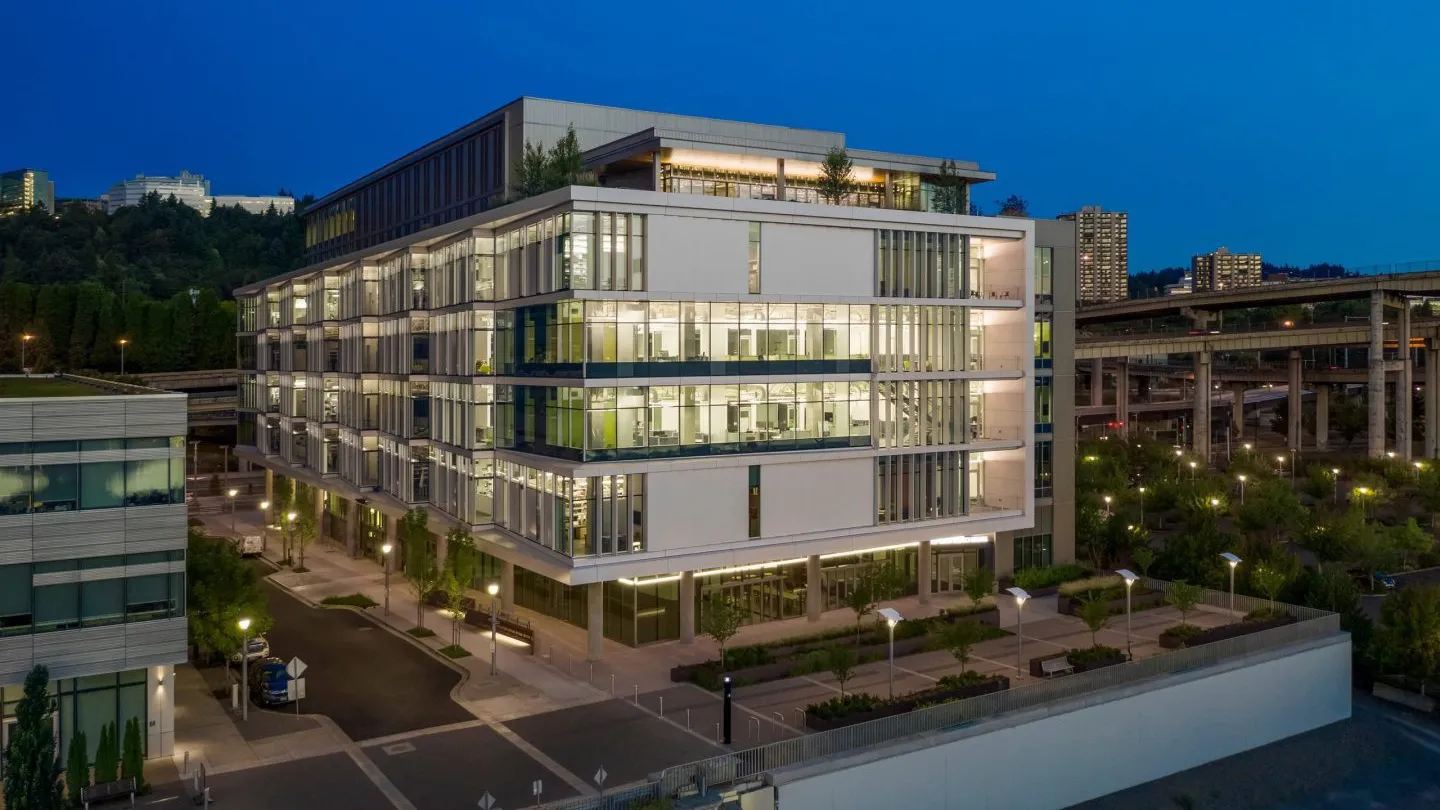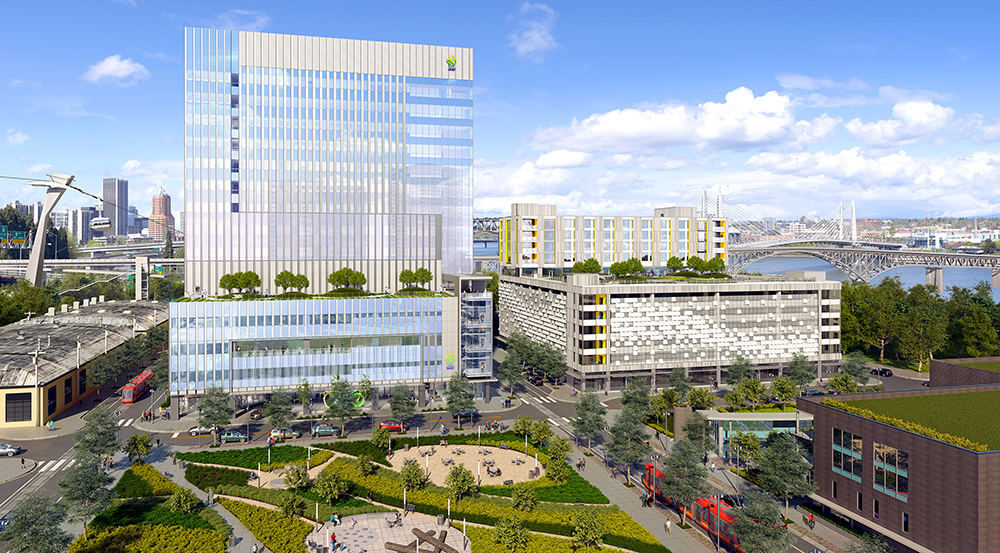
Interstate Corridor
With its diverse collection of historic residential communities, commercial corridors, and industrial districts, the Interstate Corridor TIF District is focused on capacity-building to support business growth, stabilize communities, and foster equitable job creation.
Created
August 2000
District Status
Sunsetting
By the Numbers
Background
At 3,990 acres, the Interstate Corridor TIF District is Portland’s largest TIF District. It includes a diverse collection of historic communities in north and northeast Portland, composed of older residential neighborhoods interconnected by commercial corridors, with large- scale industrial centers.
In August 2000, the Portland City Council approved the Interstate Corridor Urban Renewal Area Plan (2000). In July 2011, City Council approved the Amended and Restated Plan, expanding the boundaries of the district along Martin Luther King, Jr. Blvd., Alberta, Killingsworth, Lombard and the St. Johns Town Center.
N/NE Community Development Initiative
The North/Northeast Community Development Initiative (N/NE CDI) began in January 2016 with the goal of determining how to spend $32 million in remaining uncommitted TIF resources before the district expires. Prosper Portland convened a Project Advisory Committee composed of members of the Neighborhood Economic Development Leadership Group and other community representatives to guide the development of an action plan for the remaining funds.





